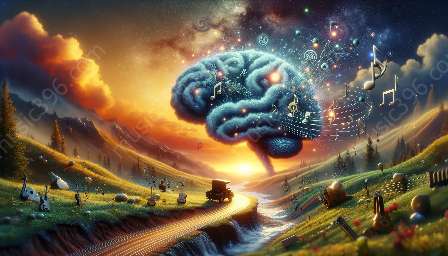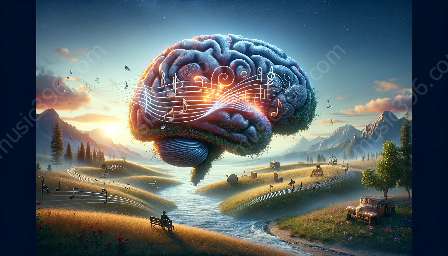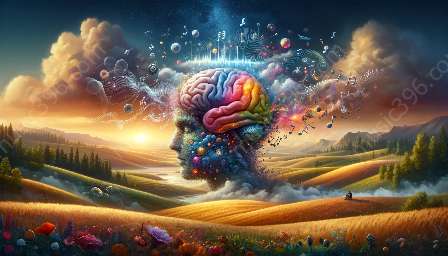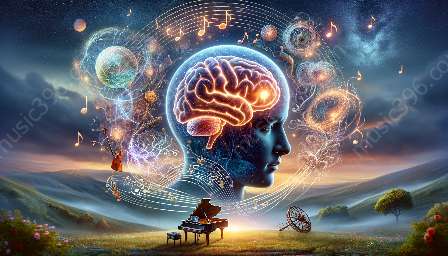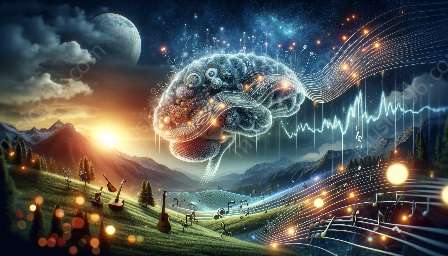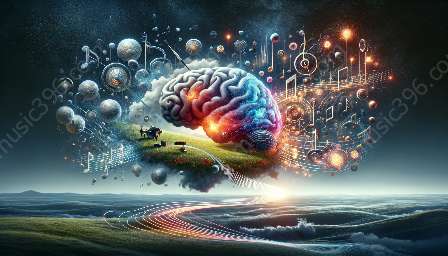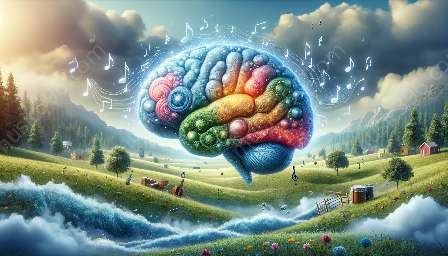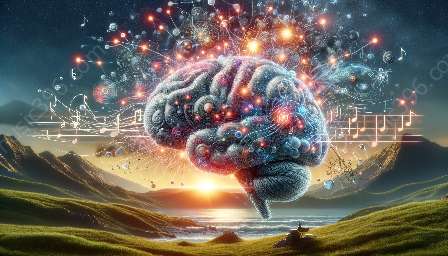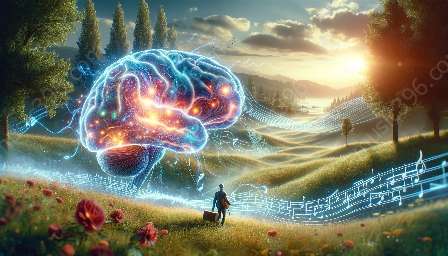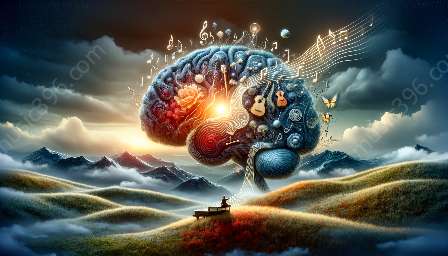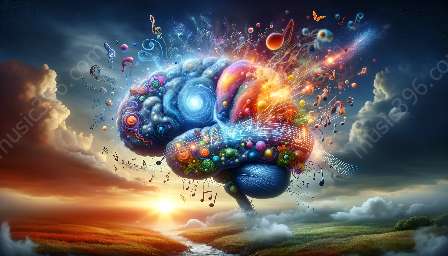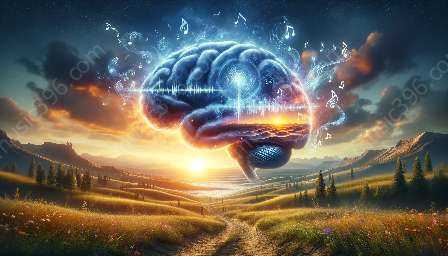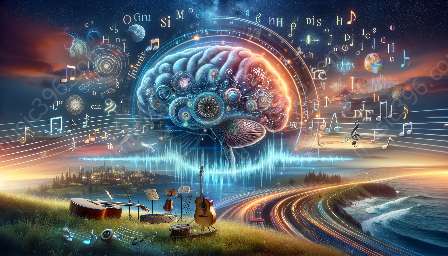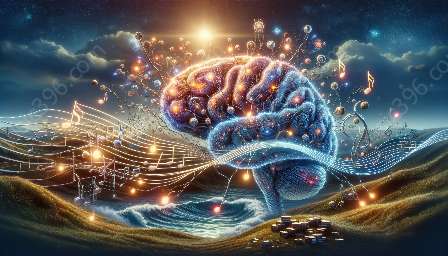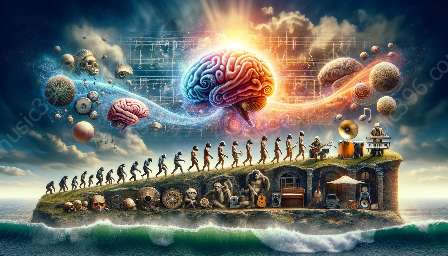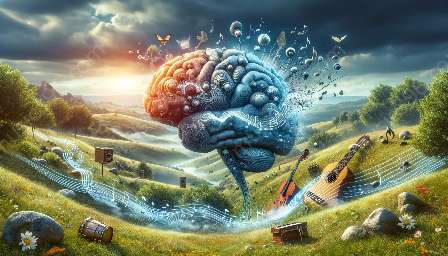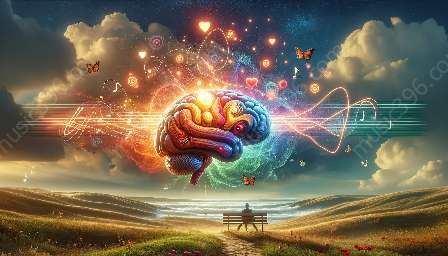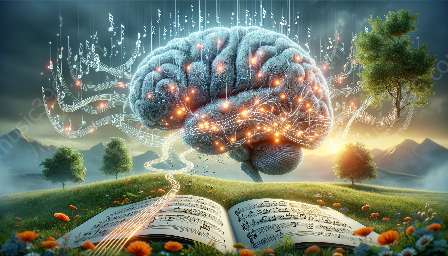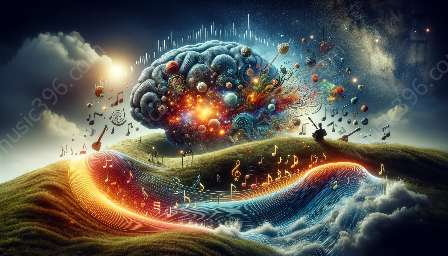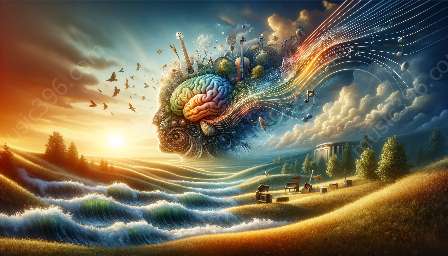Music has the power to influence the brain in remarkable ways, particularly in the context of musicians playing an instrument. This article explores the fascinating topic of neurological changes that occur when musicians play an instrument, delving into the intricate connections between music and the brain.
Neurological Structures Influenced by Music
When musicians play an instrument, a variety of neurological changes take place, impacting different areas of the brain. The brain regions involved in music processing and production, such as the auditory cortex, motor cortex, and cerebellum, undergo significant activity and adaptation during musical performance.
The auditory cortex, responsible for processing sound, is heavily involved in musicians' perception and interpretation of music. As musicians train and hone their skills, the auditory cortex becomes more finely tuned to detect subtle nuances in sound, leading to enhanced auditory processing and perception.
Simultaneously, the motor cortex, which controls movement, undergoes substantial changes as musicians maneuver their fingers, hands, and arms to play their instruments. Motor skill refinement and coordination improve with practice, resulting in a finely tuned motor cortex that can execute complex and precise movements required for musical performance.
Additionally, the cerebellum, known for its role in motor control and coordination, also plays a crucial part in musicians' ability to execute intricate movements with precision and accuracy. As musicians practice, the cerebellum undergoes neuroplastic changes, adapting to the demands of musical performance and contributing to refined motor coordination.
Music and the Brain
Music's influence on the brain extends beyond the realms of specific neurological structures. Playing an instrument engages various cognitive processes, including memory, attention, and multitasking, all of which undergo significant development and enhancement in musicians.
For example, the hippocampus, a key structure for memory formation and retrieval, experiences increased activity and connectivity in musicians as they learn and memorize musical pieces. This heightened hippocampal engagement not only benefits music-related memory but also confers advantages in non-musical memory tasks, showcasing the widespread impact of musical training on cognitive function.
Furthermore, the prefrontal cortex, responsible for executive functions such as decision-making, planning, and attention, undergoes notable changes as musicians engage in the complex task of playing an instrument. Musicians exhibit enhanced attentional control, cognitive flexibility, and multitasking abilities, attributed to the demands of musical practice and performance.
Moreover, the emotional and reward-related circuits in the brain are deeply influenced by music, with studies demonstrating the release of dopamine, a neurotransmitter associated with pleasure and reward, during musical experiences. This phenomenon contributes to the emotional and motivational aspects of musical performance, highlighting the profound impact of music on the brain's emotional processing and reward systems.
Conclusion
In conclusion, the act of playing a musical instrument triggers a cascade of neurological changes that intricately shape the brain's structure and function. From refining sensory and motor processing in specialized brain regions to enhancing cognitive processes and emotional responses, music's influence on the brain is profound and multifaceted. Understanding the neurological changes that occur when musicians play an instrument not only sheds light on the brain's remarkable adaptability but also underscores the therapeutic and cognitive benefits of musical engagement.

